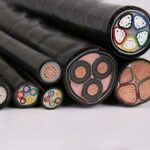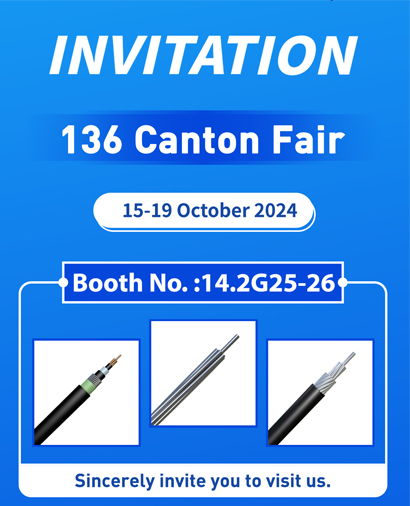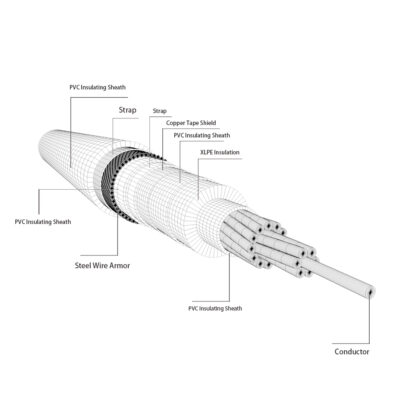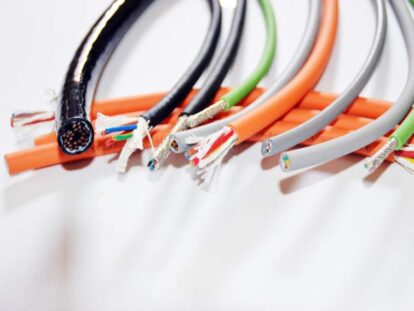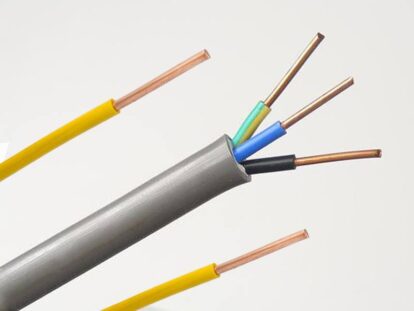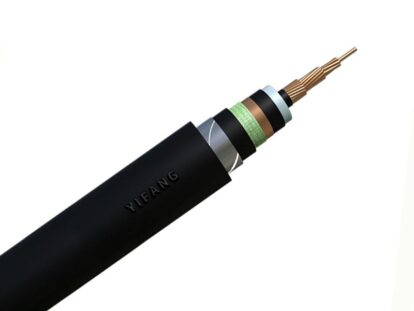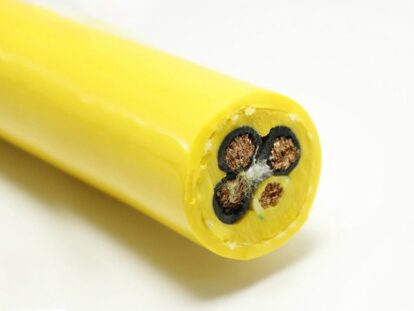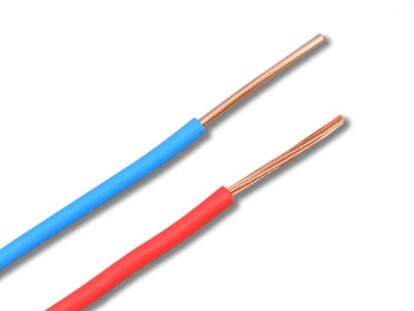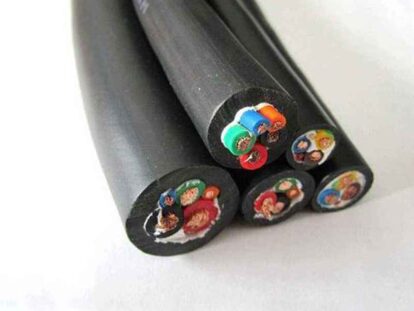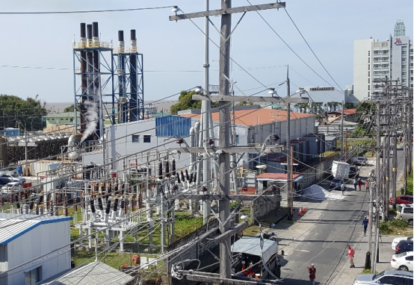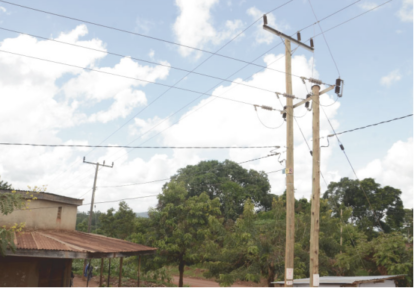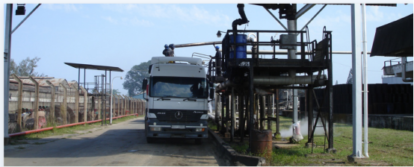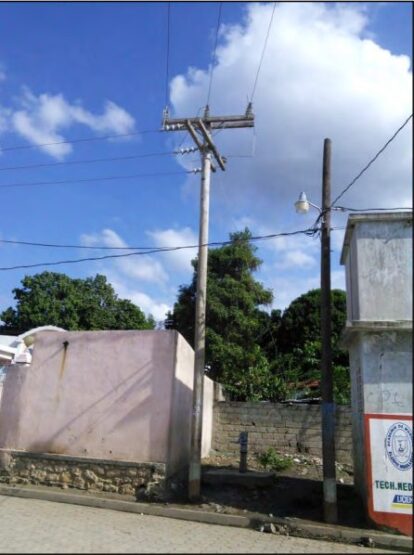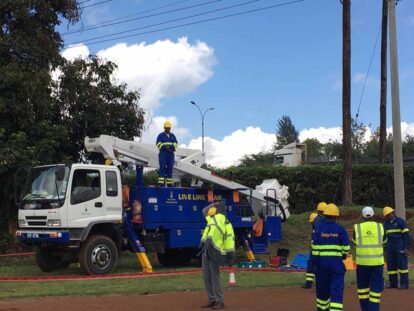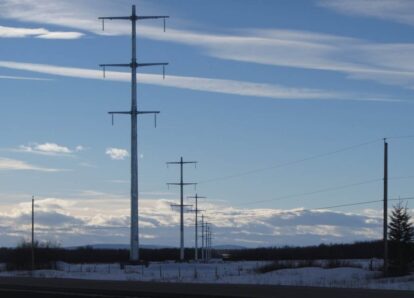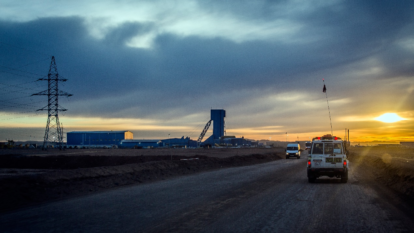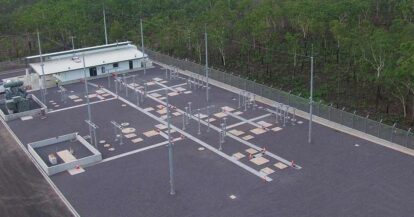In the actual field, we often encounter problems about cable selection, such as what type of cable to choose, what size cable can meet the requirements, why the cable always heats up, and the cable has a large voltage drop, etc.Small equipment chooses large cables, resulting in unnecessary waste; large equipment chooses small cables, causing the cables to heat up between phases, resulting in insulation damage, forming a short circuit, seriously affecting production, and bringing great negative effects on personal safety, economy and other aspects.To solve this series of problems, we must start with cables and wires, learn about cables and wires, and use relevant principles, methods and techniques to choose cables correctly and reasonably to ensure the normal, reliable and stable operation of electrical equipment.
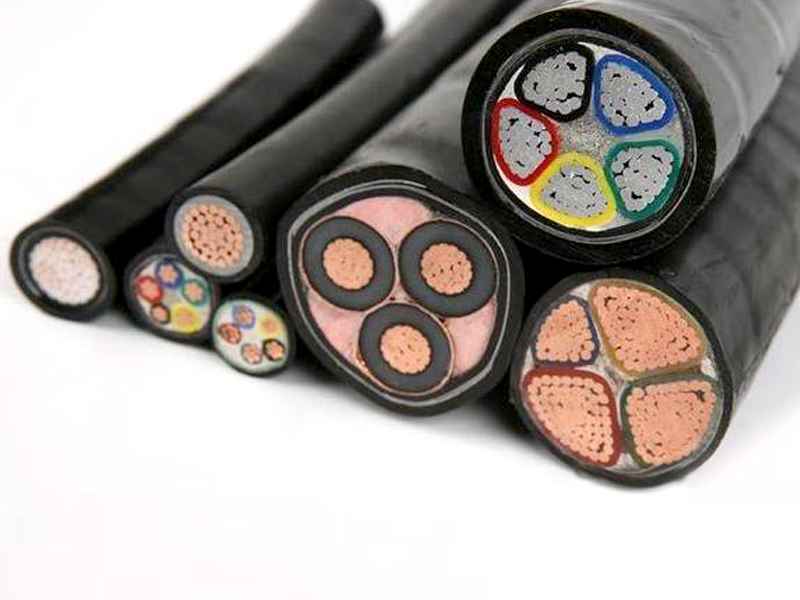
Basic principles of wire and cable selection
- The rated voltage of the cable is equal to or greater than the rated voltage of the network on which it is installed. The maximum working voltage of the cable shall not exceed 15% of its rated voltage.
- In addition to using copper core cables in places where movement or severe vibration is required, aluminum core cables are generally used.
- Cables laid in cable structures should be bare armored cables or lead-clad bare plastic sheathed cables.
- Directly buried cables use sheathed armored cables or lead-clad bare plastic sheathed cables.
- Heavy-duty rubber-sheathed cables are used for mobile machinery.
- Corrosive soil is generally not used for direct burial, otherwise special anti-corrosion cables should be used. In places with corrosive media, appropriate cable sheaths should be used.
- Non-drip cables should be used for laying cables vertically or with large height differences.
- When the ambient temperature exceeds 40°C, it is not suitable to use rubber insulated cables.
Choice of cable structure type
According to cable application, laying method, using place, the number of cable cores, core wire material, insulation type, protective layer, and other characteristics of the cable to determine the type of the cable.
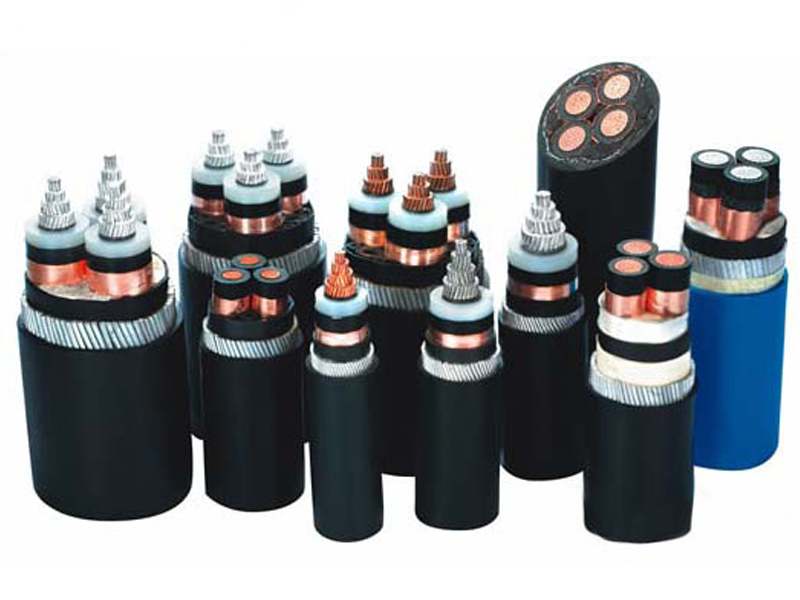
- There are two types of cable core wires. It is copper core and aluminum core. From the perspective of saving resources and reducing investment, aluminum core cables are generally used. However, copper core cables should be used in places where movement or severe vibration is required.
- Single-core oil-filled or air-filled cables are generally used in AC devices of 110kv and above. Three-core cables are used in three-phase three-wire AC devices of 35kv and below.In 380v/220v three-phase four-wire AC devices, Four or five cores (one of which is used for protective earth) cables is used. In DC installations single or two cores is used.
- Armored cables with protective layer are generally used for directly buried cables. Plastic-sheathed cables should be used in areas with wet or corrosive media.
- Heavy-duty rubber-sheathed cables are used for mobile machinery. Heat-resistant cables are suitable for high-temperature places.
- Non-drip cables or plastic sheathed cables should be used for vertical place or place with large height differences.
- For cables laid in pipelines (or in places where there is no possibility of cable damage, unarmored cables can be used.
Selection of rated voltage
The selection of rated voltage should satisfy the request that the rated voltage of the cable should be greater than or equal to the rated voltage of the grid system where it is located.
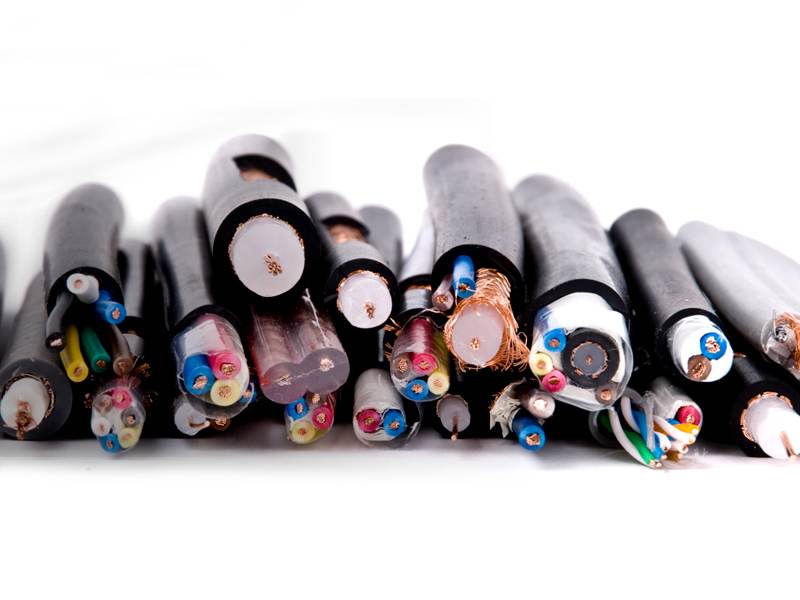
Selection of cable cross section and ampacity
- For cables with a length not exceeding 20m, we should select the cable section after multiplying the maximum continuous operating current of the circuit by the comprehensive correction factor.For cables with a length more than 20m and a maximum load utilization hour more than 5000h, we should select cables according to the economic current density (the maximum continuous operating current in normal operation is divided by a corresponding economic current density, and the economic current density is generally 1.25A/mm2).
- Determine the number of cables. The cables that meet the section selection condition 1 can be one with large section or multiple with small section. Generally, the number of cables is determined according to the following principles: when s>150 mm2, use (S/150mm2).
- Cable safety ampacity
Calculating the working current according to the power.If the electricity is doubled, the electric heat is halved. For example, the rated operating current of a 5.5kw motor is calculated as 11A.Calculating the rated ampacity according to the cross section of the wire.The safety ampacity of various wires can usually be found in the manual.
Conclusion:
In short, due to the special environmental conditions of the use of the cable, the selection of the cable has a certain degree of complexity, which requires consideration of various factors from the actual situation. Learning more about the types, ampacities, uses, and laying methods of common cables and wires, pave the way for choosing reasonable cables and wires, and lay a solid foundation for the safe, stable and reliable operation of electrical equipment.



